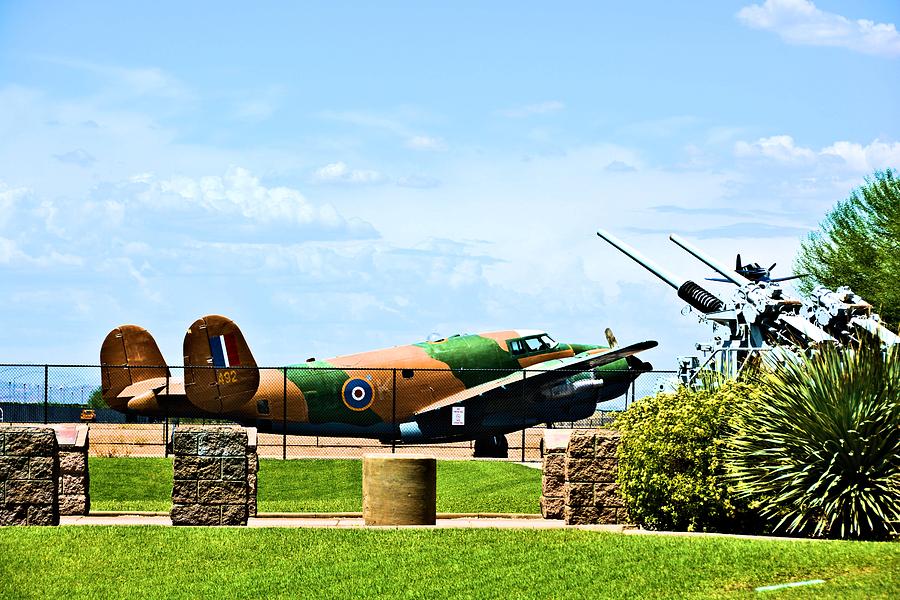
One Harpoon parked at Santa Cruz Air Force base with one P-47 nose and the tail of one gloster Meteor on left. Ībove one Harpoon is seen taxiing to the ramp following one patrol and convoy escort mission. Operational Background and Historical Significance of the PV. 30 in (7.62 mm) M1919 Browning machine gunsģ,000 lb (1,400 kg) general ordnance or 6 × 325 lb (147 kg) depth charges or 1 torpedo.It also could carry 8 HVAR rockets.Ībove one Harpoon is seen parked at Santa Cruz Airbase Photo. The aircraft is a WWII-era Lockheed twin-engine PV-2 Harpoon, a land-based medium patrol bomber. 50 in (12.7 mm) Browning M2 machine guns 2 ×. Powerplant: 2× Pratt & Whitney R-2800 geared radial engines, 2,000 hp (1,500 kW) each The aircraft, an intact example of a World War II anti-submarine patrol bomber, was added to the National Register of Historic Places on April 23, 2009.
Pv 2 harpoon registration#
This unit in particular was trained by one Ventura group based at Recife and came to replace the US Navy squadron VB-129, which returned to the United States. Navy Bureau Number 37396, civil registration N7265C, named 'Hot Stuff', is located at 3867 N. Created by Presidencial decree # 6.796, of with headquarters at Salvador – Bahia, 2nd Air Zone. They were used from 1944 to 1956 in the 2nd medium bombing group. An improved version with longer wings, larger engines, and a greater range came to be called the PV-2 Harpoon in Navy service. NOTE: While we currently maintain limited inventories of most items, some items may be "printed on demand", which usually requires 10-15 business days from order to shipment.BRAZILIAN AIR FORCE FAB * - BRAZILIAN AIR FORCE 20)LOCKHEED PV 2 HARPOONīrazilian Air Force received 6 aircrafts. The landing gear is represented in the retracted, in-flight position on these models but it should be fairly straight forward to add photo etch parts for a very convincing "gear down" rendition, perfect for an air base diorama.
Pv 2 harpoon windows#
Photography of these little gems is a challenge for our equipment and limited skills, check out the well proportioned model including the detailed canopy, the fuselage complete with windows and door, the dorsal turret, twin-tail assembly and even the tiny tail wheel!Īlthough the surfaces are not perfectly smooth (3D printing is done in layers), the plastic used can be sanded and painted much the same way you would handle resin or styrene. These 3D printed models require no assembly but compare favorably with injection molded kits and exceed the detail of most comparable resin and white metal models by a good measure.


In the end, the Harpoon turned out to be a highly reliable and popular aircraft and, although its service in World War II was relatively short, no less than eleven VP squadrons operated them until they were finally phased out of service in 1948. Stationed at Tinian (alongside B-29's), PV-2s made frequent low level attacks on the Japanese naval base at Truk until hostilities ceased. 8 five-inch HVAR rockets under the wings and eight forward firing machine guns made the Harpoon a formidable strafing attack aircraft as well.

The PV-2's distinctive 'belly bulge' accommodated a 30% larger payload than the PV-1 and it was capable of carrying two Tiny Tim rockets completely enclosed in it. The Harpoon is often confused with the Ventura but it was a very different aircraft with larger wings and tail surfaces, greater fuel capacity, and weapons capabilities optimized to the US Navy's needs. The PV-2 Harpoon was the most specialized and successful of Lockheed's World War II bombers.


 0 kommentar(er)
0 kommentar(er)
